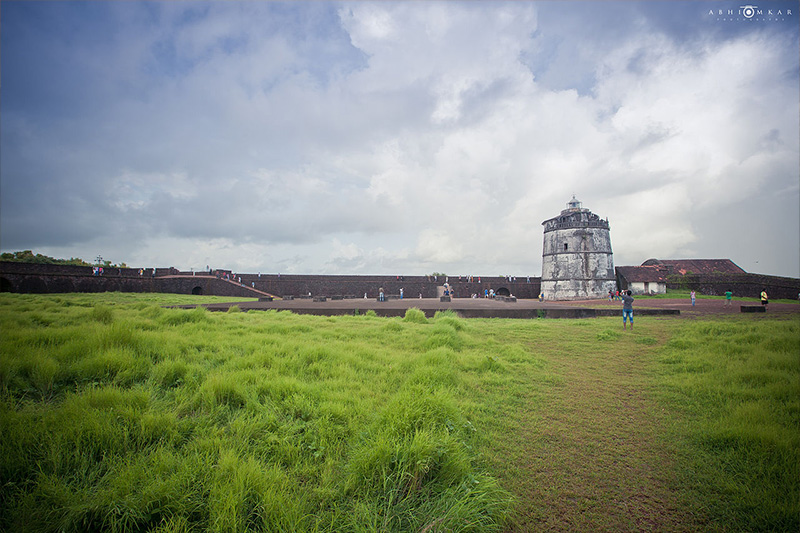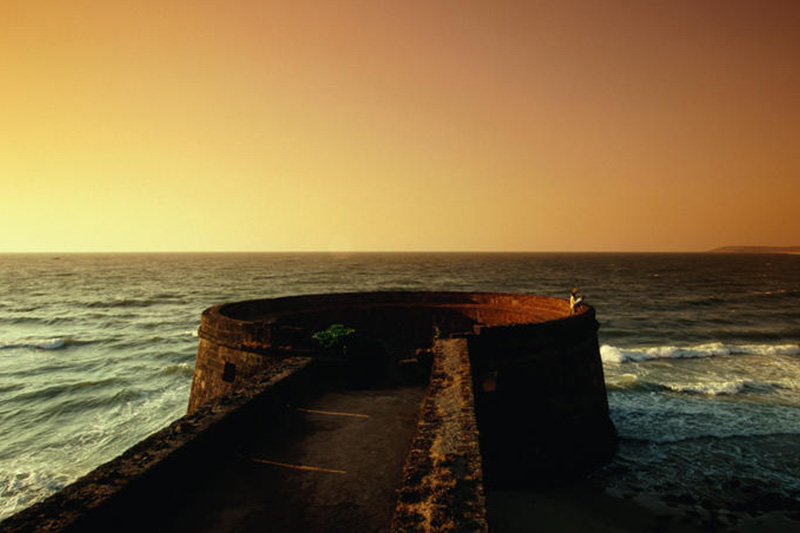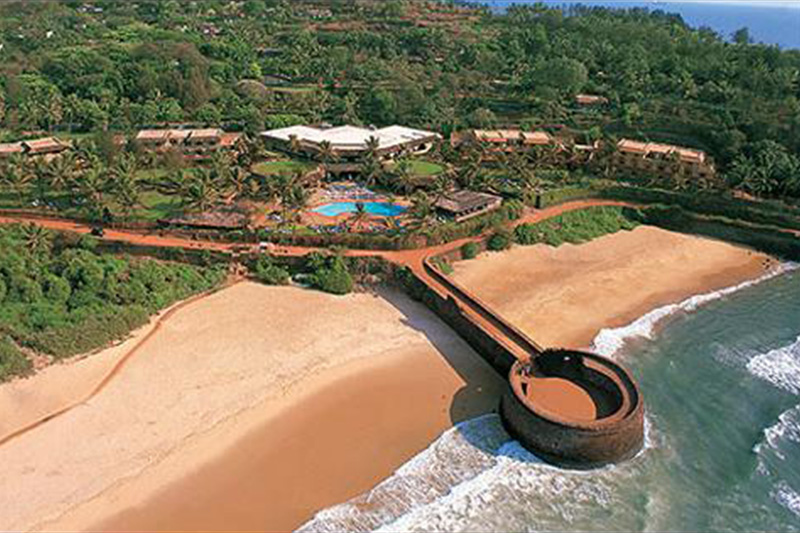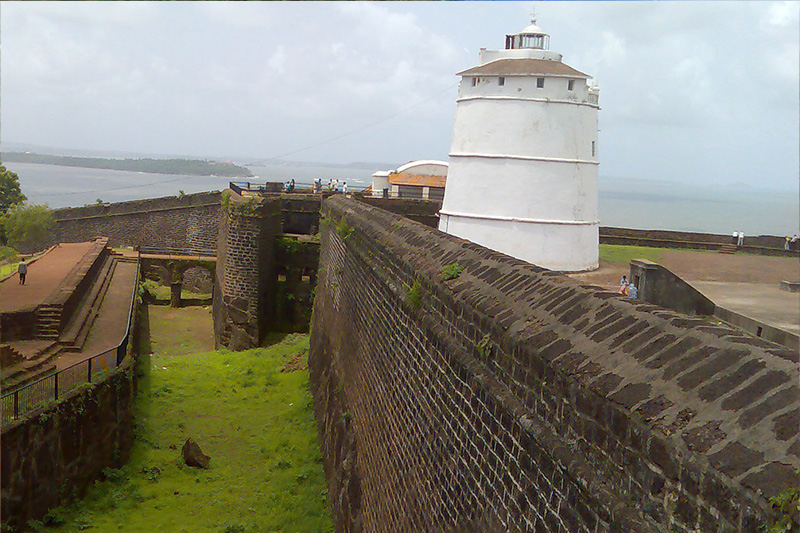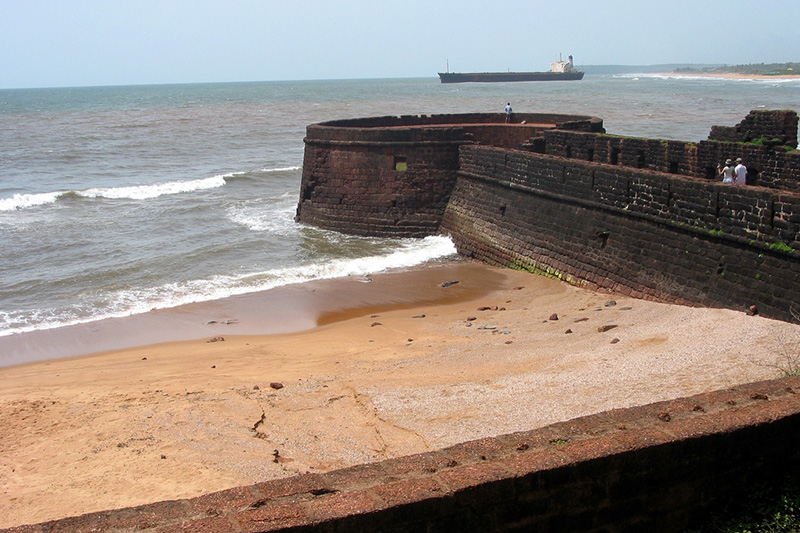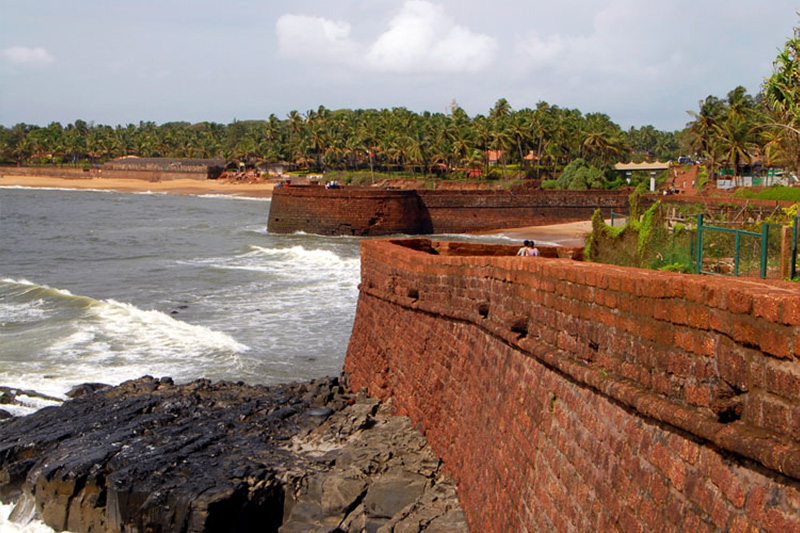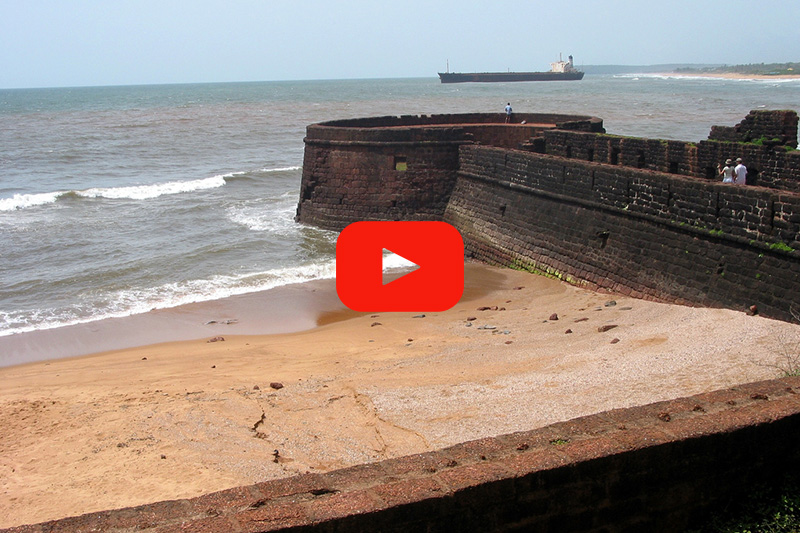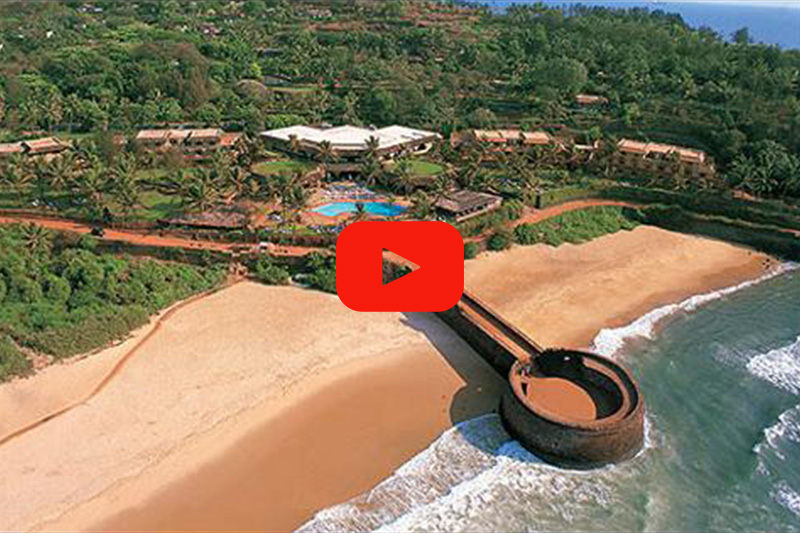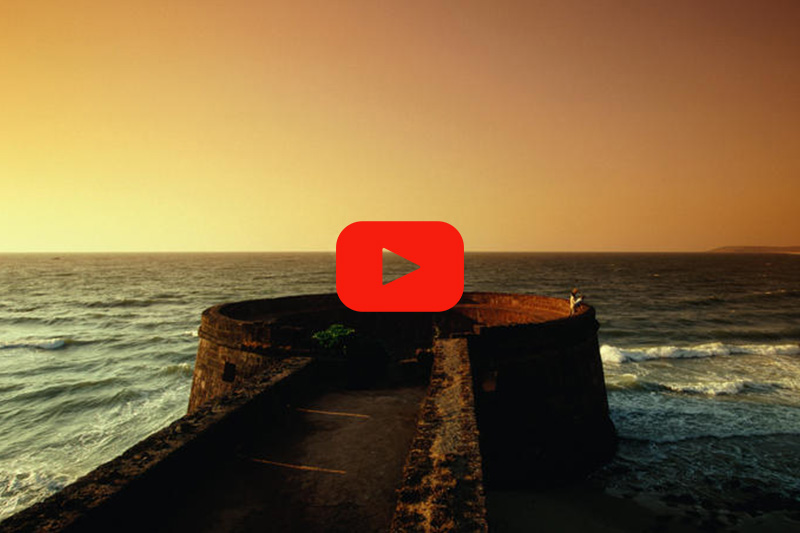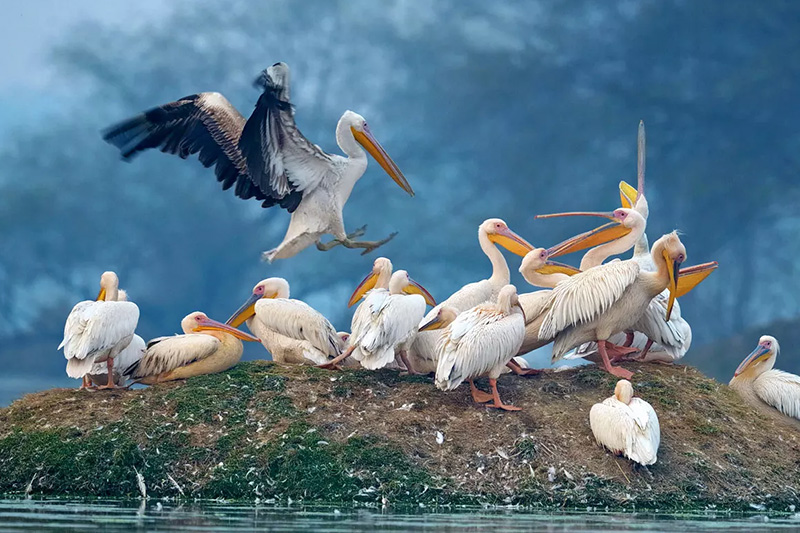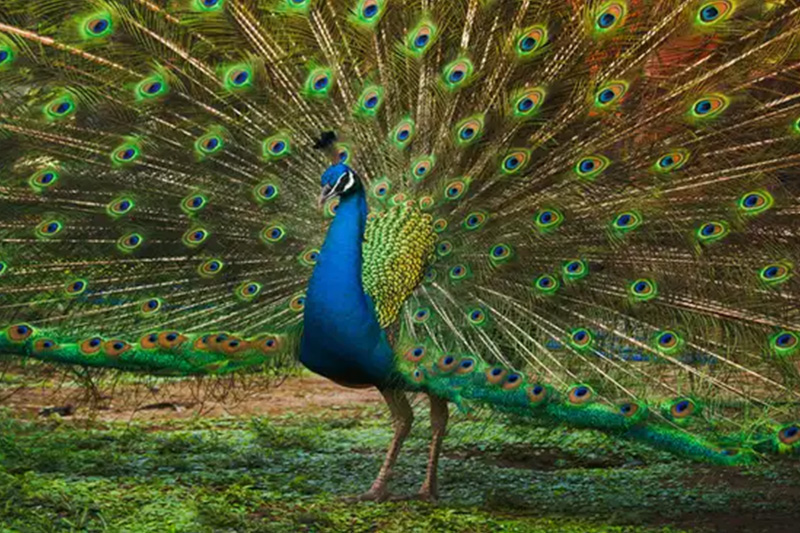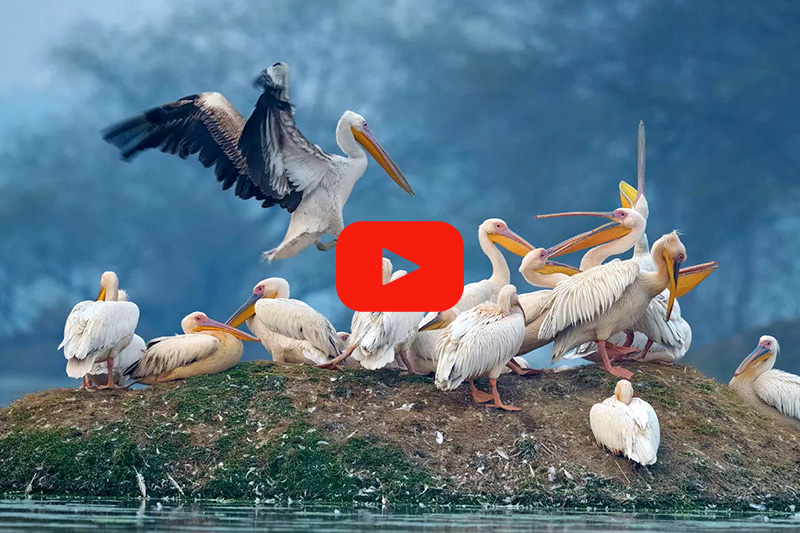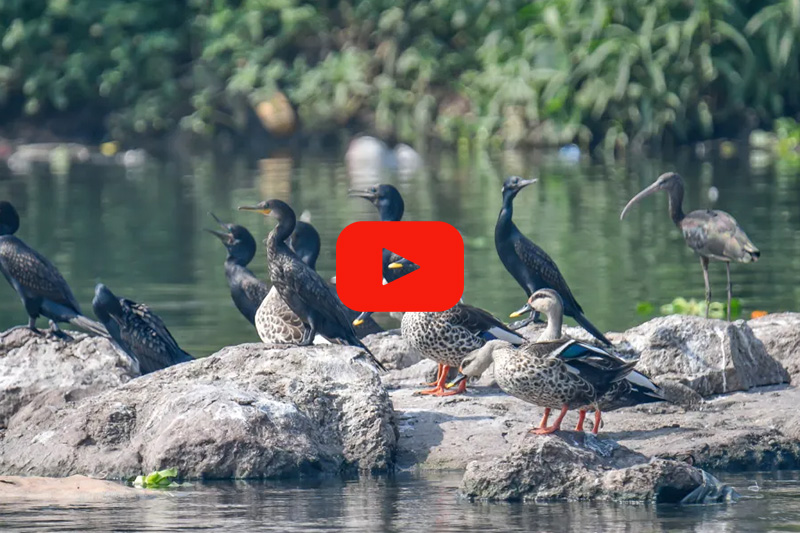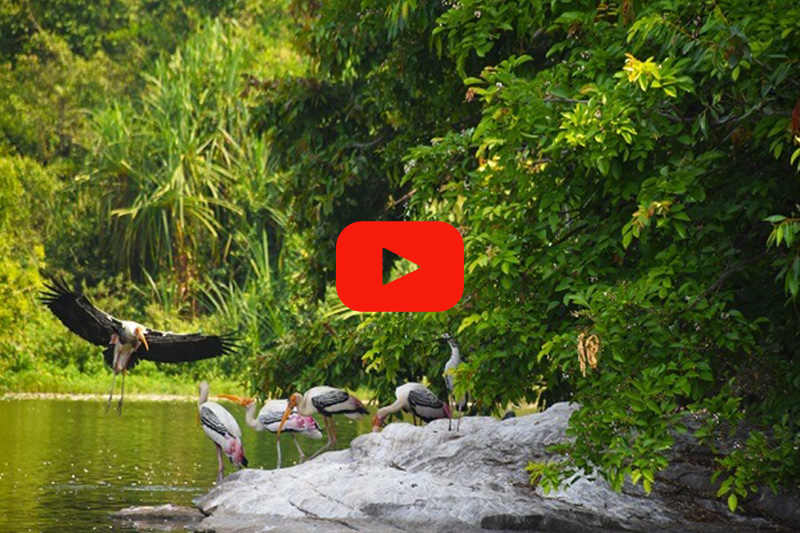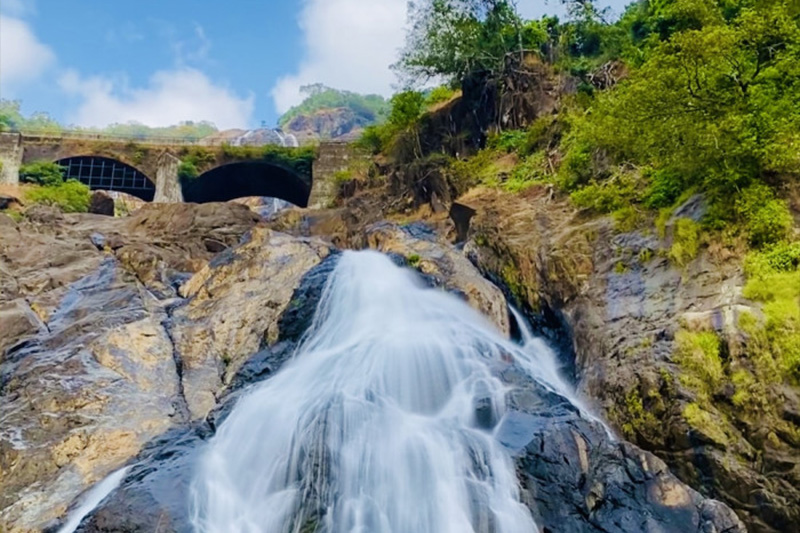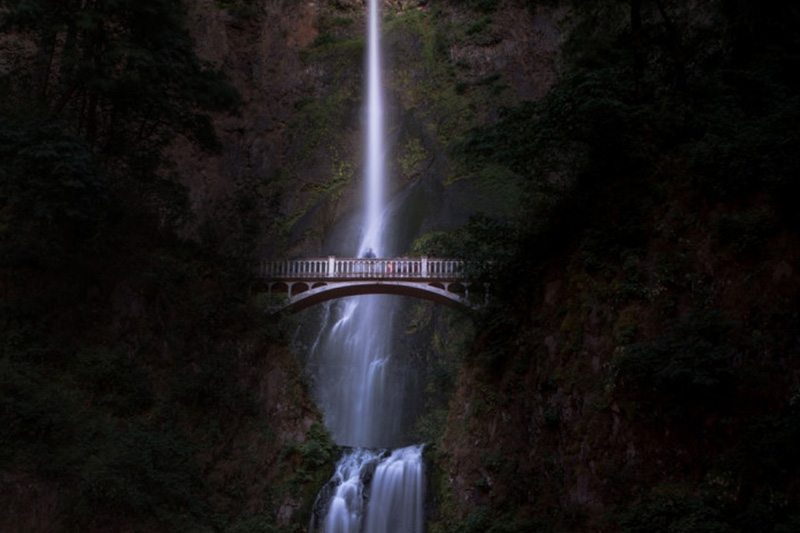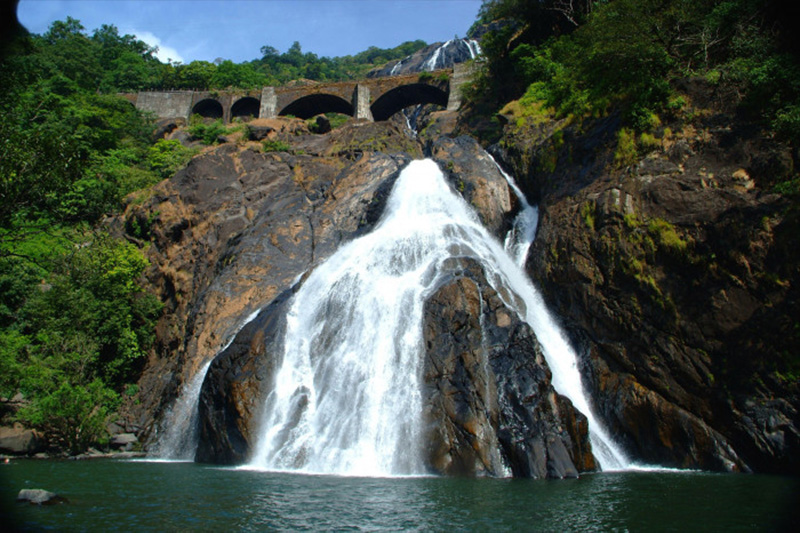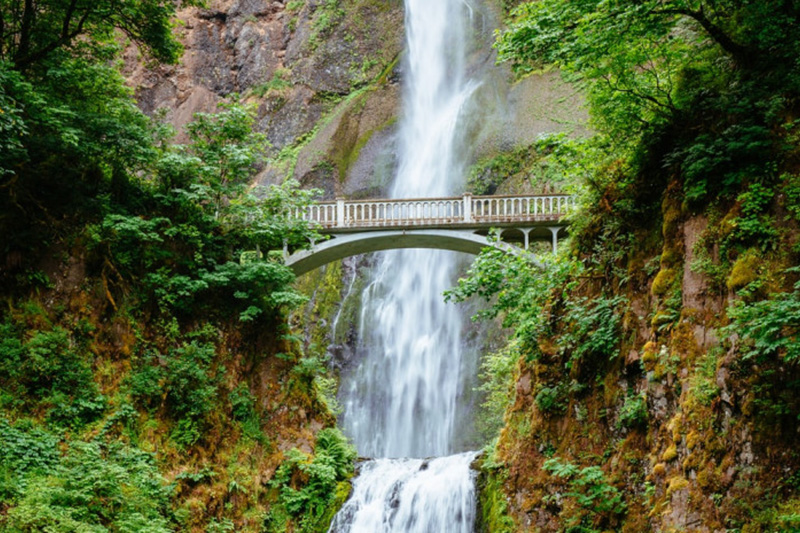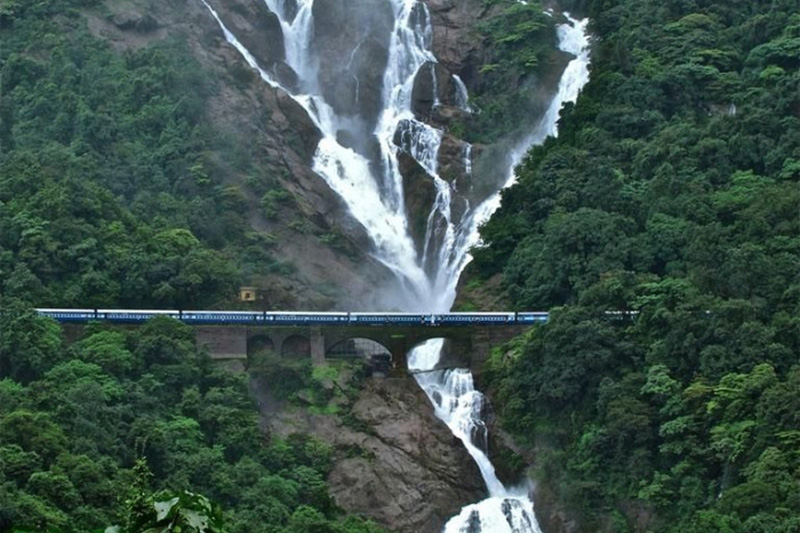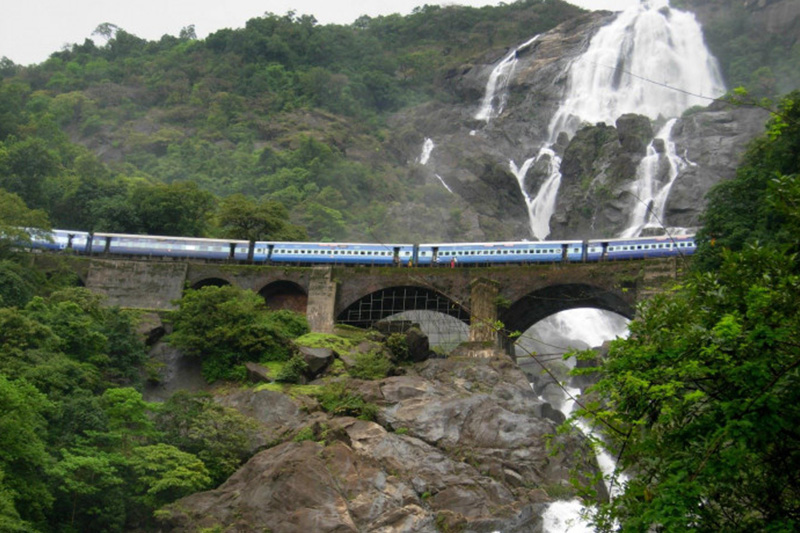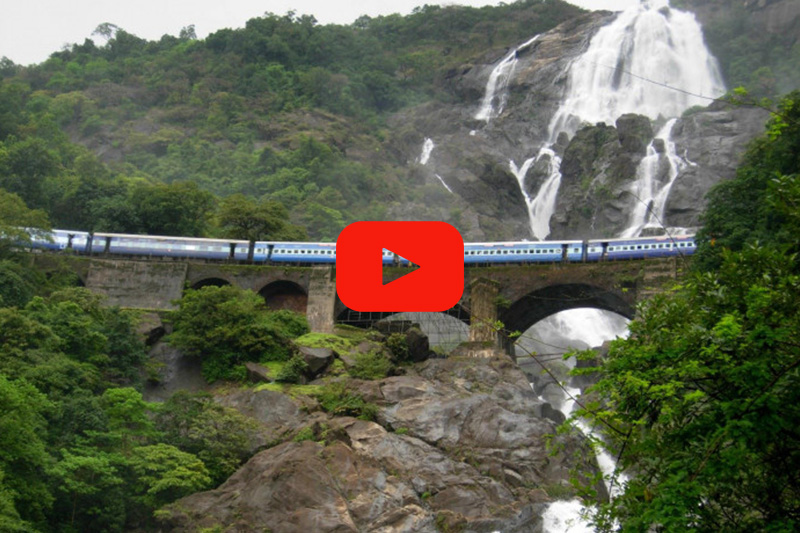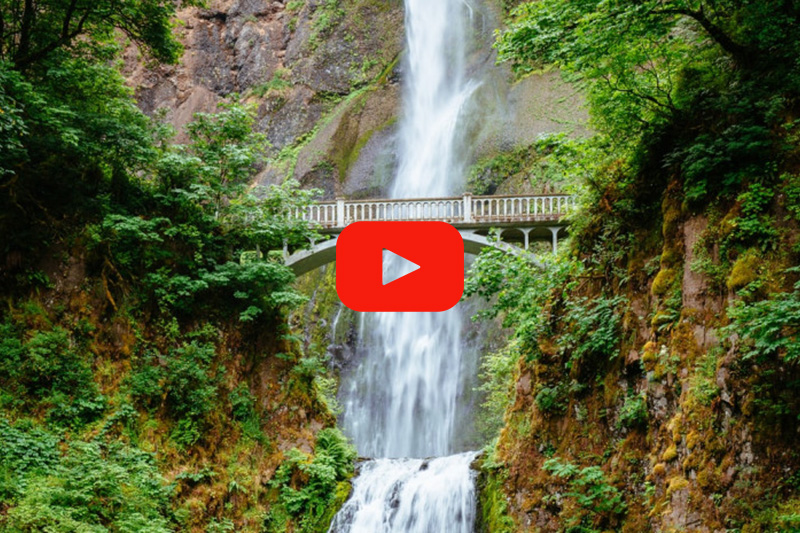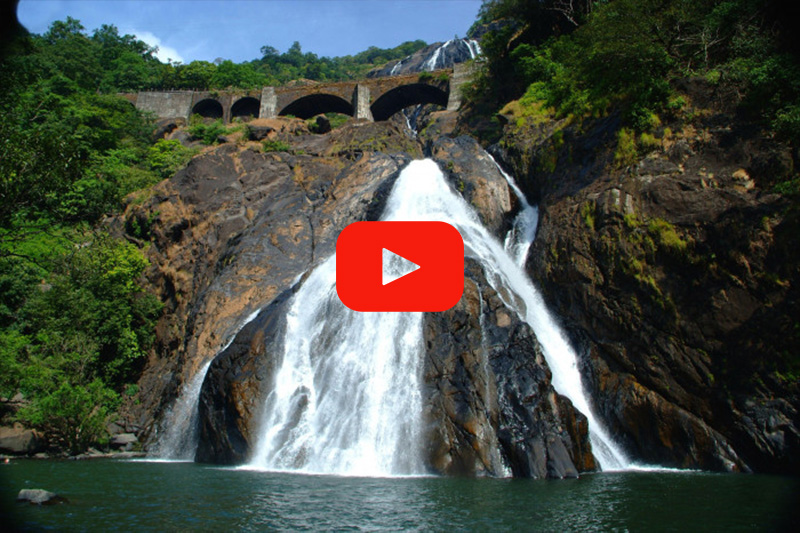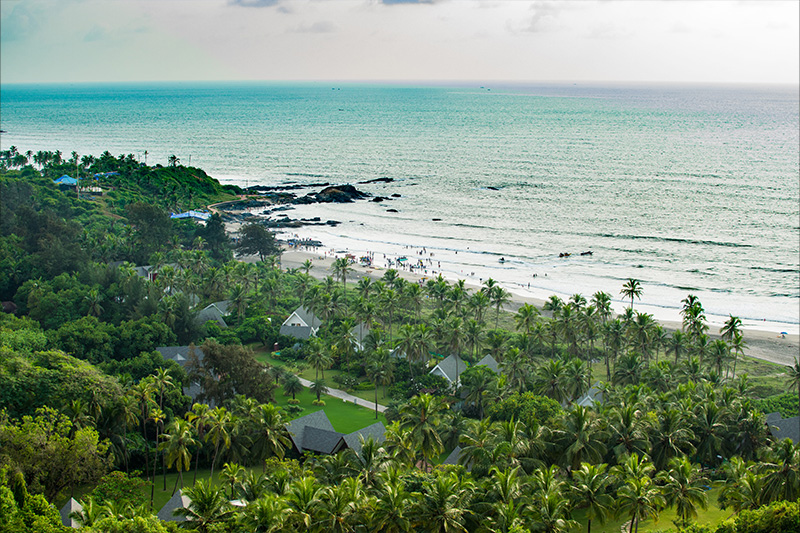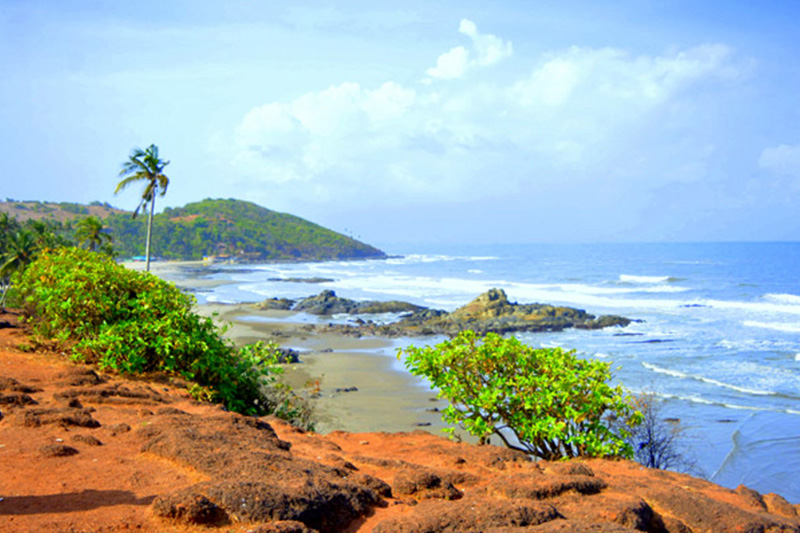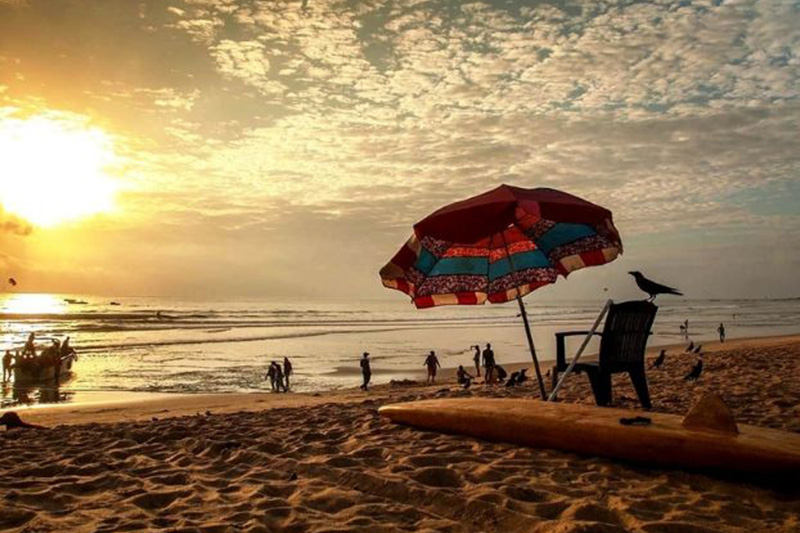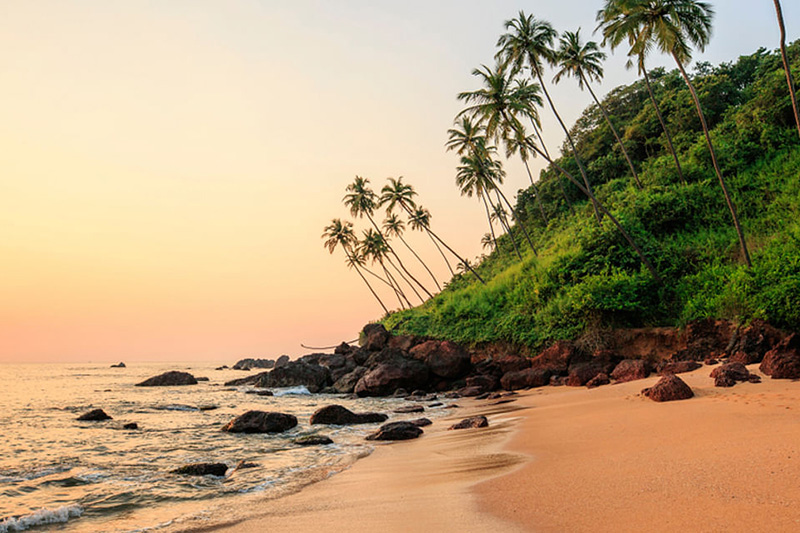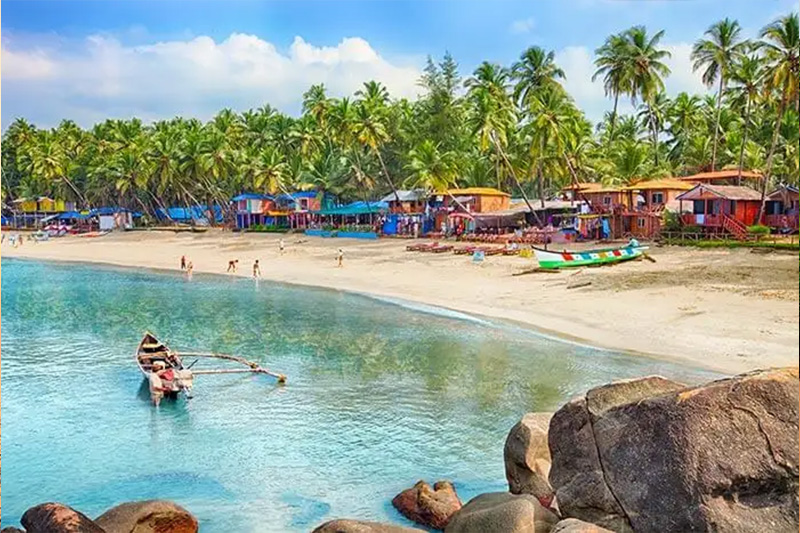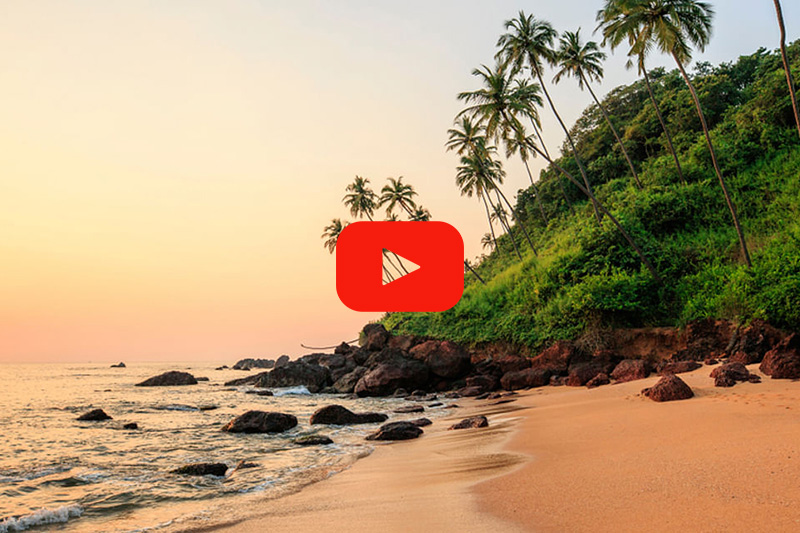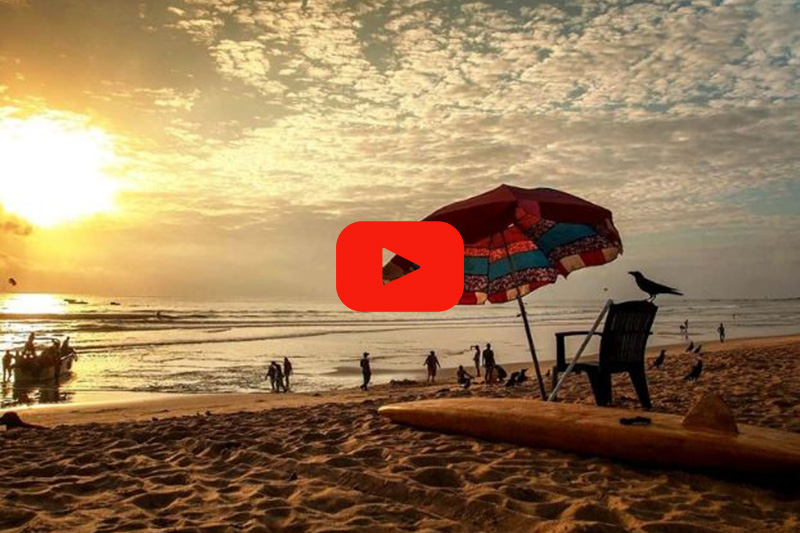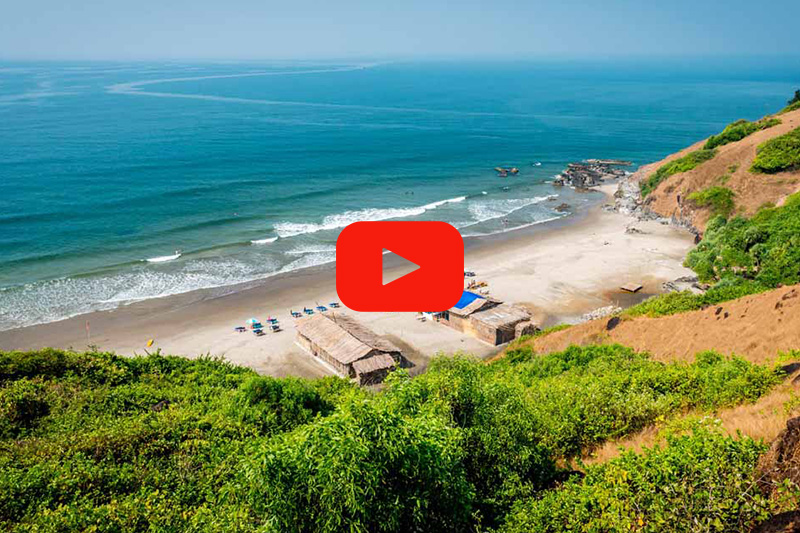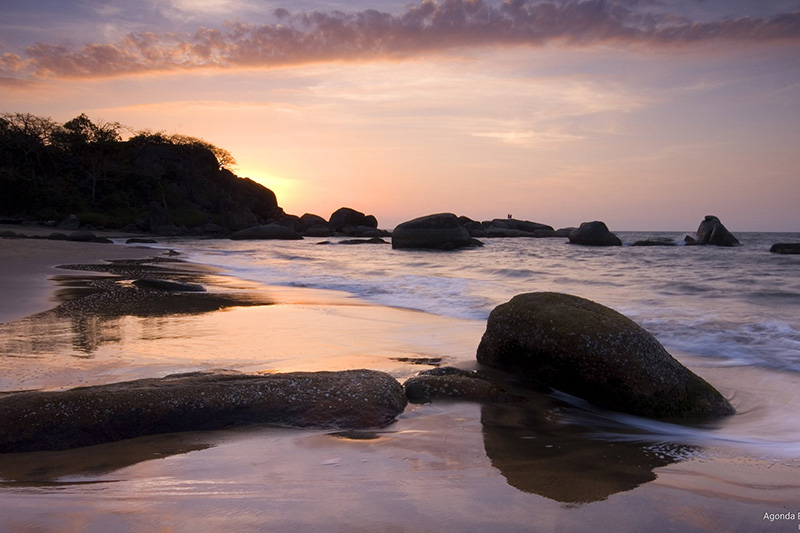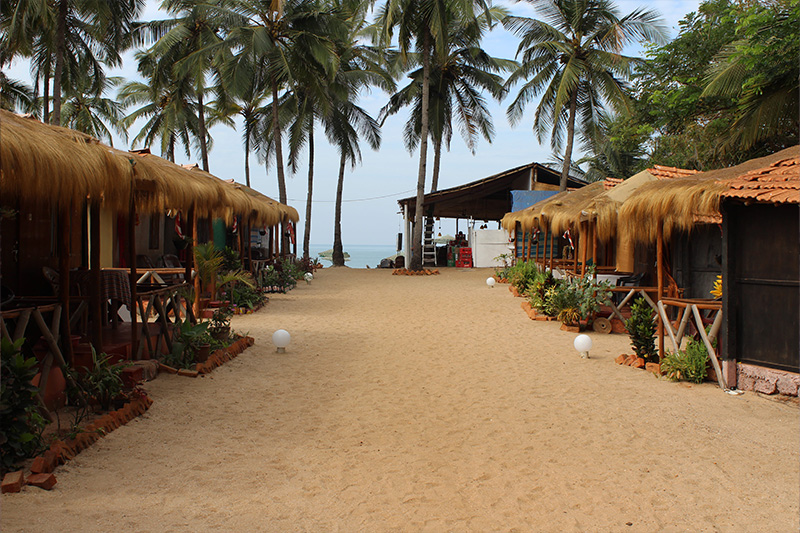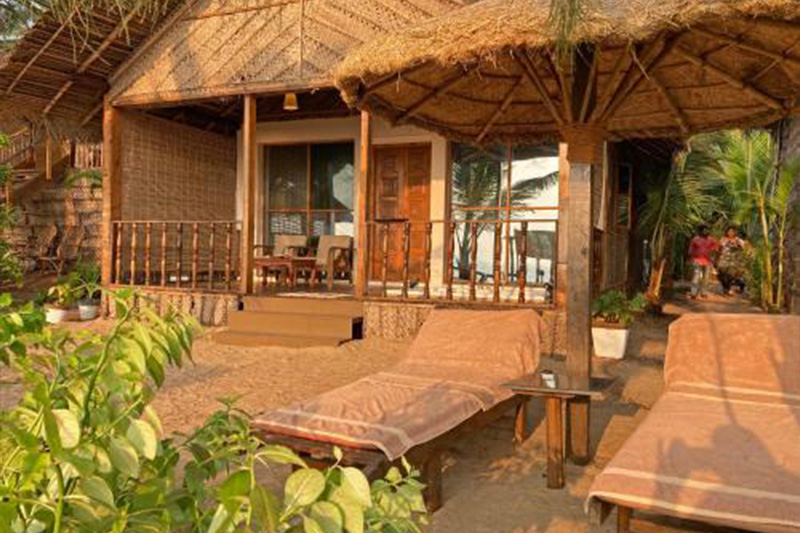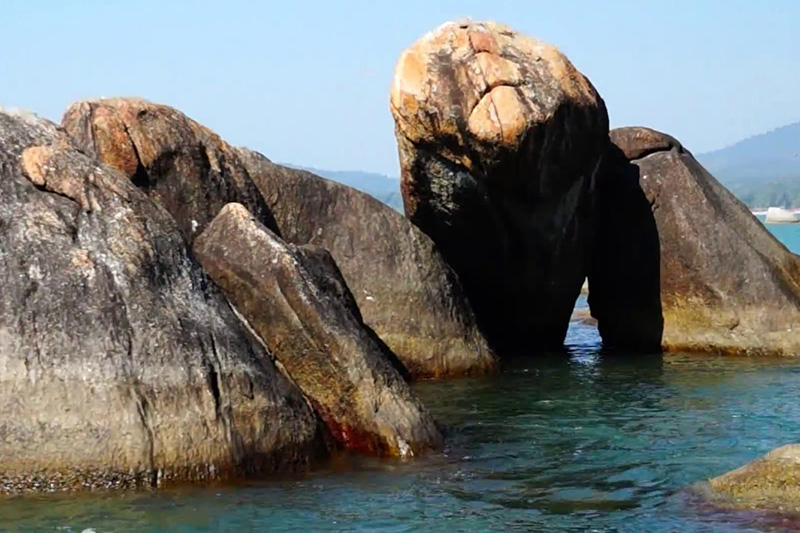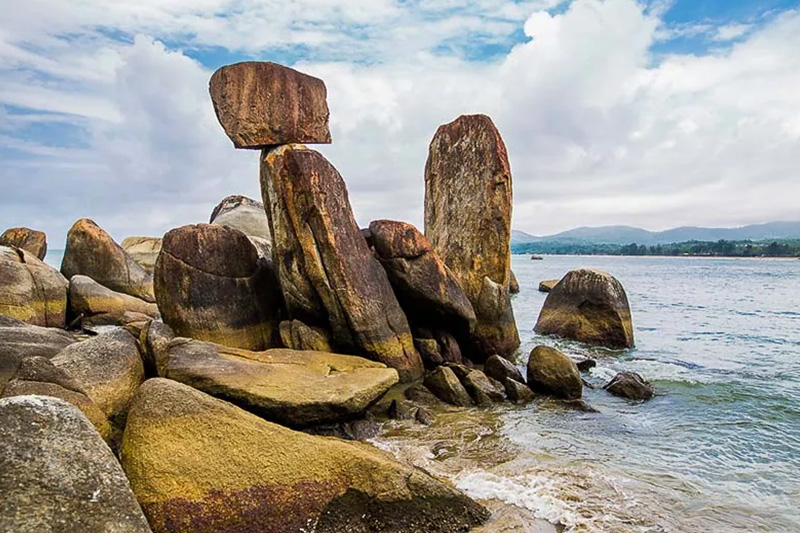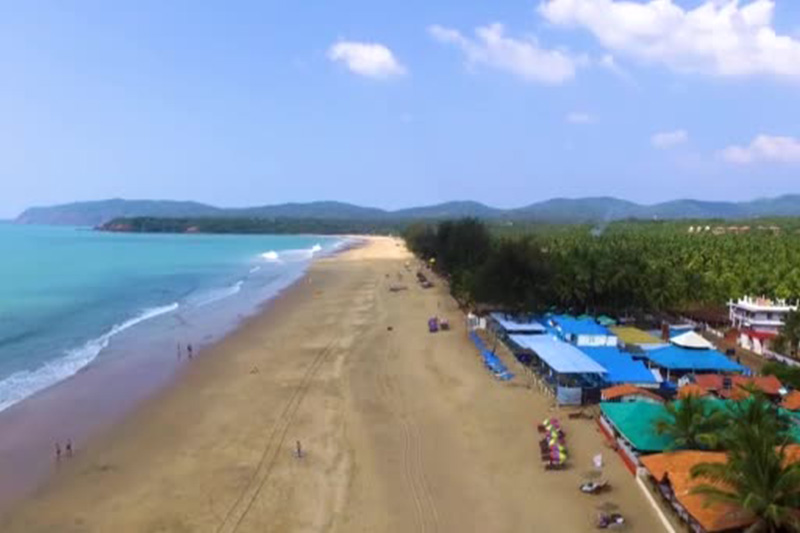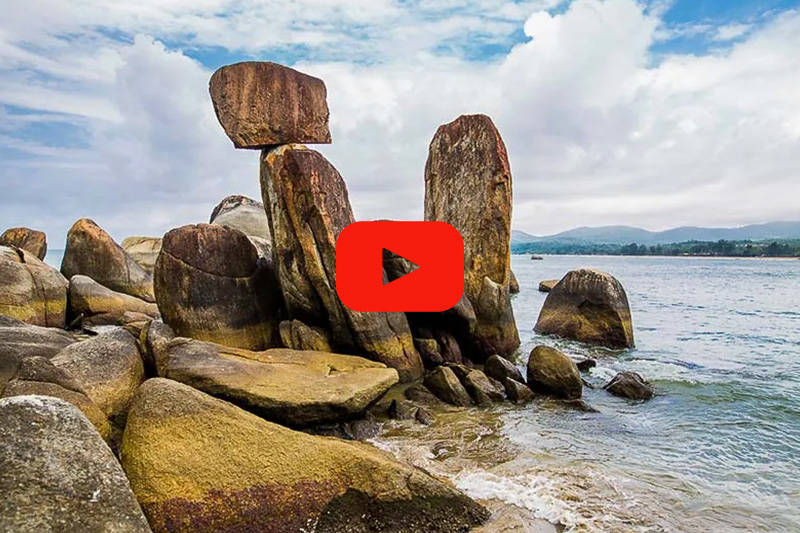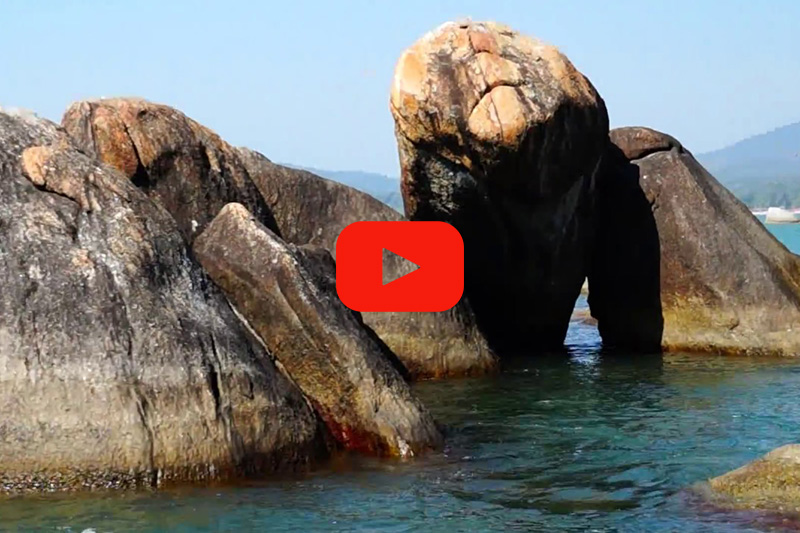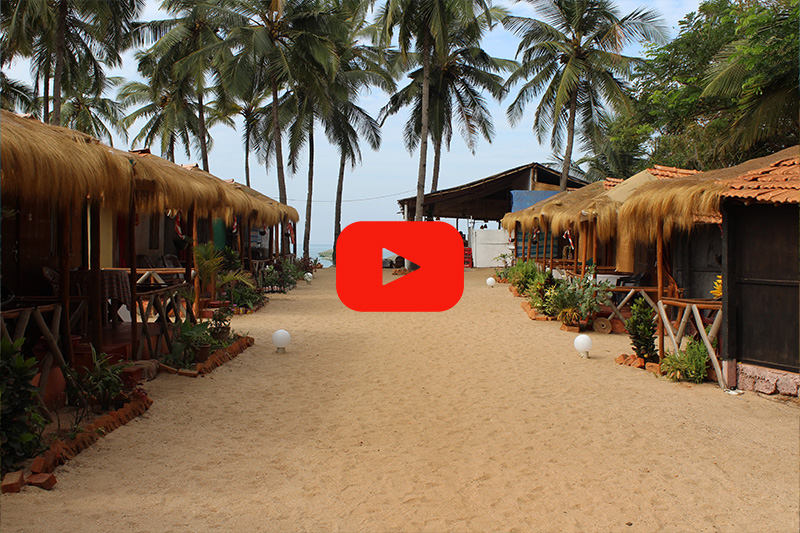Fort Aguada and its lighthouse is a well-preserved seventeenth-century Portuguese fort standing in Goa, India, on Sinquerim Beach, overlooking the Arabian Sea The fort was constructed in 1613 to guard against the Dutch and the Marathas. It was a reference point for the vessels coming from Europe at that time. This old Portuguese fort stands on the beach south of Candolim, at the shore of the Mandovi River. It was initially tasked with defense of shipping and the nearby Bardez sub district. A freshwater spring within the fort provided water supply to the ships that used to stop by. This is how the fort got its name: Aguada, meaning Water. Crews of passing ships would often visit to replenish their fresh water stores. On the fort stands a four-storey Portuguese lighthouse, erected in 1864 and the oldest of its kind in Asia. Fort Aguada was the most prized and crucial fort of Portuguese. The fort is so large that it envelops the entire peninsula at the south western tip of Bardez. Built on the mouth of river Mandovi, it was strategically located and was the chief defence of Portuguese against the Dutch and Marathas.
Salim Ali Bird Sanctuary is an estuarine mangrove habitat which is declared as a bird sanctuary and located on western tip of the Island of Chorao along the river Mandovi, Goa, in India. The sanctuary is named after Salim Ali, the eminent Indian ornithologist.
Dudhsagar Falls is a four-tiered waterfall located on the Mandovi River in the Indian state of Goa. It is 60 km from Panaji by road and is located on the Madgaon-Belgaum rail route about 46 km east of Madgaon and 80 km south of Belgaum.
Chapora Beach is a coastal village at Chapora River estuary lying alongside a beach stretch in North Goa that is around 10 km. from Mapusa, a City in Northern Goa. It is close to Chapora Fort, an old Portuguese fort.
Agonda is a great spot for sunbathing, relaxing and swimming, with still relatively few tourists. Agonda is a nice long pristine stretch of beach.
